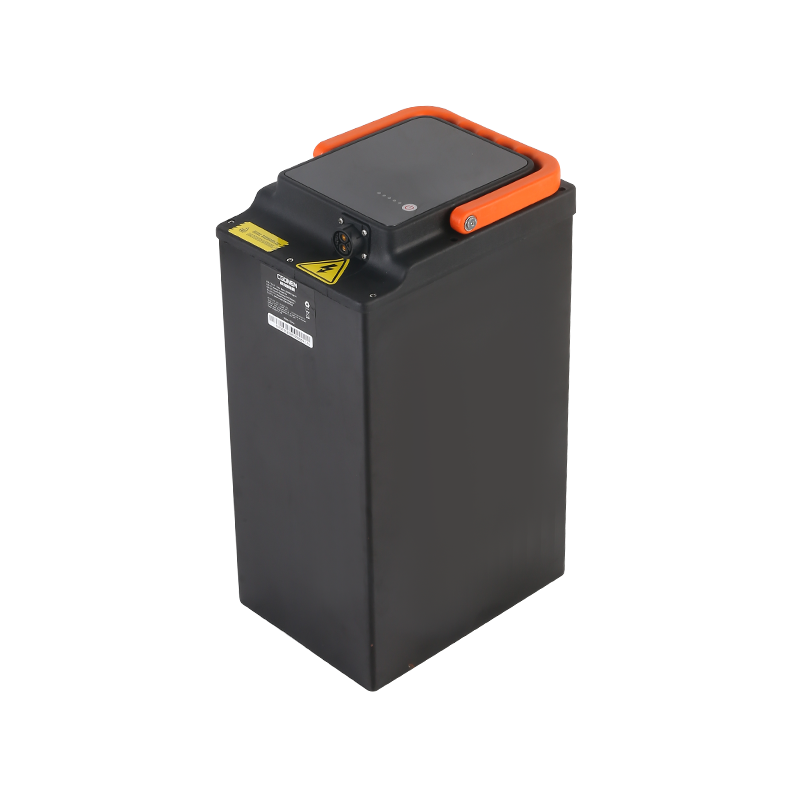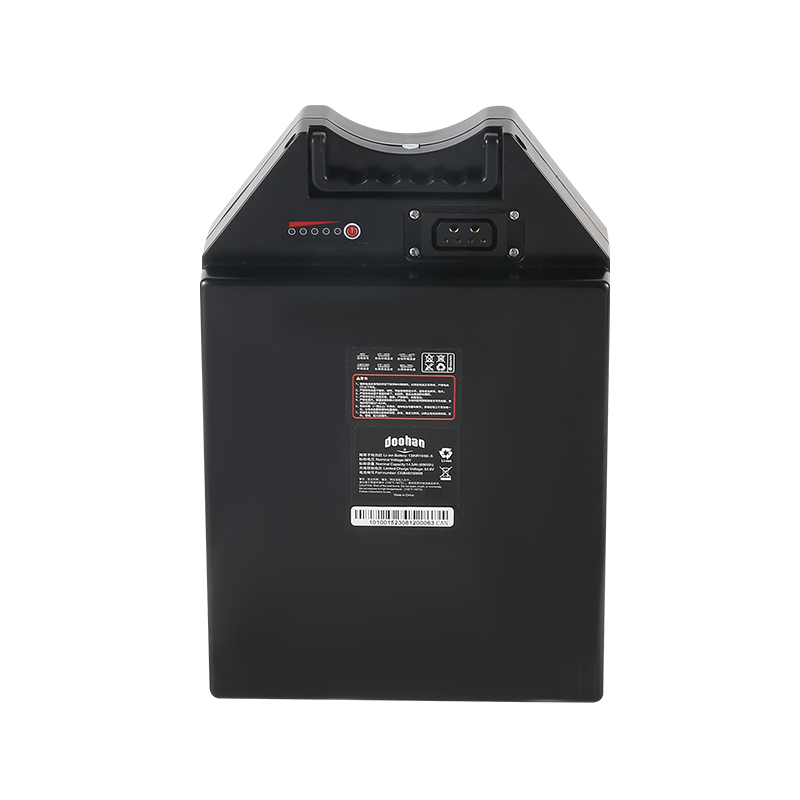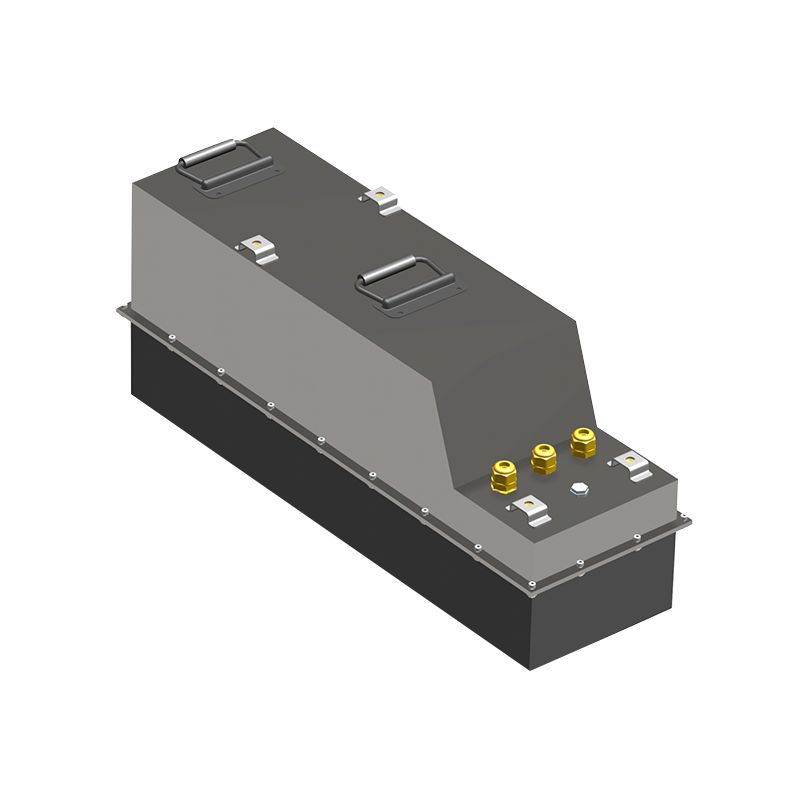Web Menu
Product Search
Exit Menu
Cylindrical Cell Modules: A Pillar of Modern Power Solutions
Design Prismatic Cylindrical Cell Module Manufacturing Maker in China
Cylindrical cell modules are a cornerstone in the world of energy storage, offering a versatile and robust solution for a myriad of applications. From powering our daily devices to propelling our vehicles, these modules are the unsung heroes of modern technology.
At the core of a cylindrical cell module is the cylindrical cell itself. These cells are characterized by their round, tubular shape, which distinguishes them from other cell formats such as prismatic or pouch cells. The cylindrical design offers several advantages:
Thermal Management: The cylindrical shape allows for better heat dissipation, which is crucial for maintaining the longevity and performance of the battery.
Structural Integrity: The robust construction of cylindrical cells provides resistance to physical stress, making them less prone to damage.
Uniformity: The standardized size and shape of cylindrical cells facilitate uniformity in manufacturing and assembly processes.
The production of cylindrical cell modules involves a meticulous process that ensures high-quality output. Here's a simplified overview:
Cell Assembly: The process begins with the assembly of the cell itself, which includes the anode, cathode, separator, and electrolyte.
Winding: The anode and cathode materials are wound around a central axis to form a spiral structure, big the surface area for energy storage.
Encapsulation: The wound cell is then encased in a cylindrical metal can, which provides protection and contributes to the cell's structural integrity.
Sealing: The can is hermetically sealed to prevent the ingress of moisture and air, which could compromise the cell's performance.
Formation: The final step involves a formation process where the cell is charged and discharged to activate the electrochemical reactions within.
Cylindrical cell modules are not one-trick ponies; they serve a wide array of applications:
Portable Electronics: From smartphones to laptops, these modules provide the power needed for our daily devices.
Electric Vehicles (EVs): The high energy density and robustness of cylindrical cells make them ideal for the demanding requirements of EV batteries.
Energy Storage Systems: In homes and on the grid, these modules help store energy from renewable sources, ensuring a reliable supply when the sun isn't shining or the wind isn't blowing.
Industrial Equipment: In various industrial settings, cylindrical cells provide a reliable power source for machinery and equipment.
The cylindrical cell modules' popularity is not without reason. Here are some of their key advantages:
Safety: The cylindrical design allows for better control of internal pressure, reducing the risk of explosion or leakage.
Longevity: The robust construction and careful manufacturing process contribute to a longer lifespan compared to other cell formats.
Scalability: The modular nature of cylindrical cells allows for easy scaling up or down, depending on the energy storage needs.
Cost-Effectiveness: The mature manufacturing process and widespread adoption contribute to the cost-effectiveness of cylindrical cell modules.
As technology advances, so too does the cylindrical cell module. Researchers and manufacturers are continually exploring ways to improve energy density, safety, and cost-effectiveness. Innovations such as silicon anodes and solid-state electrolytes promise to push the boundaries of what's possible with cylindrical cells.
In conclusion, cylindrical cell modules are a testament to human ingenuity, offering a reliable and efficient solution to the ever-growing need for energy storage.
-

+86-13049701086
-

Stonehuang@CGONEN.com
-

No.88, Huji Road, Taizhou Bay Binhai New Area, Jiaojiang District, Taizhou City, Zhejiang Province, China











